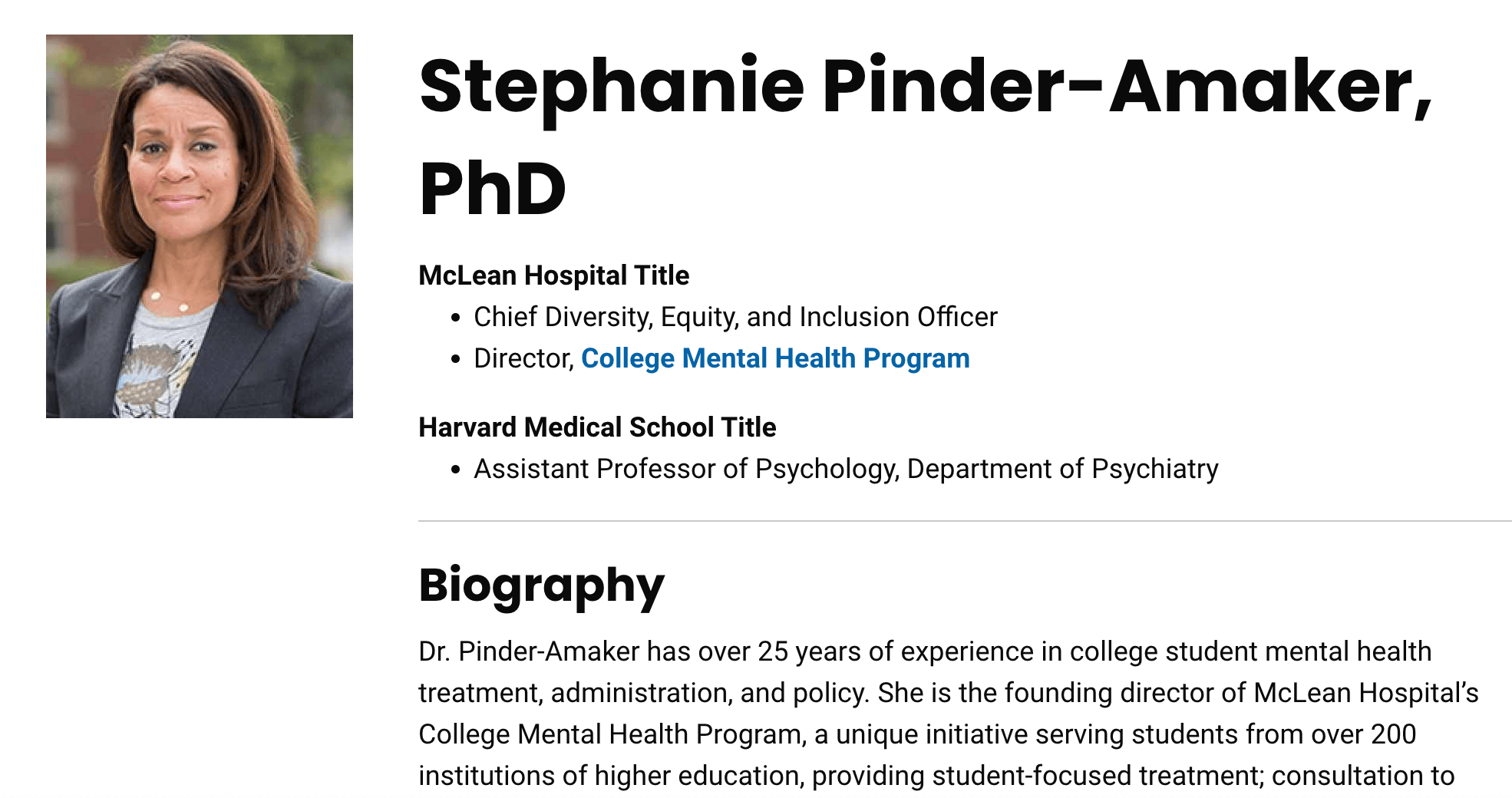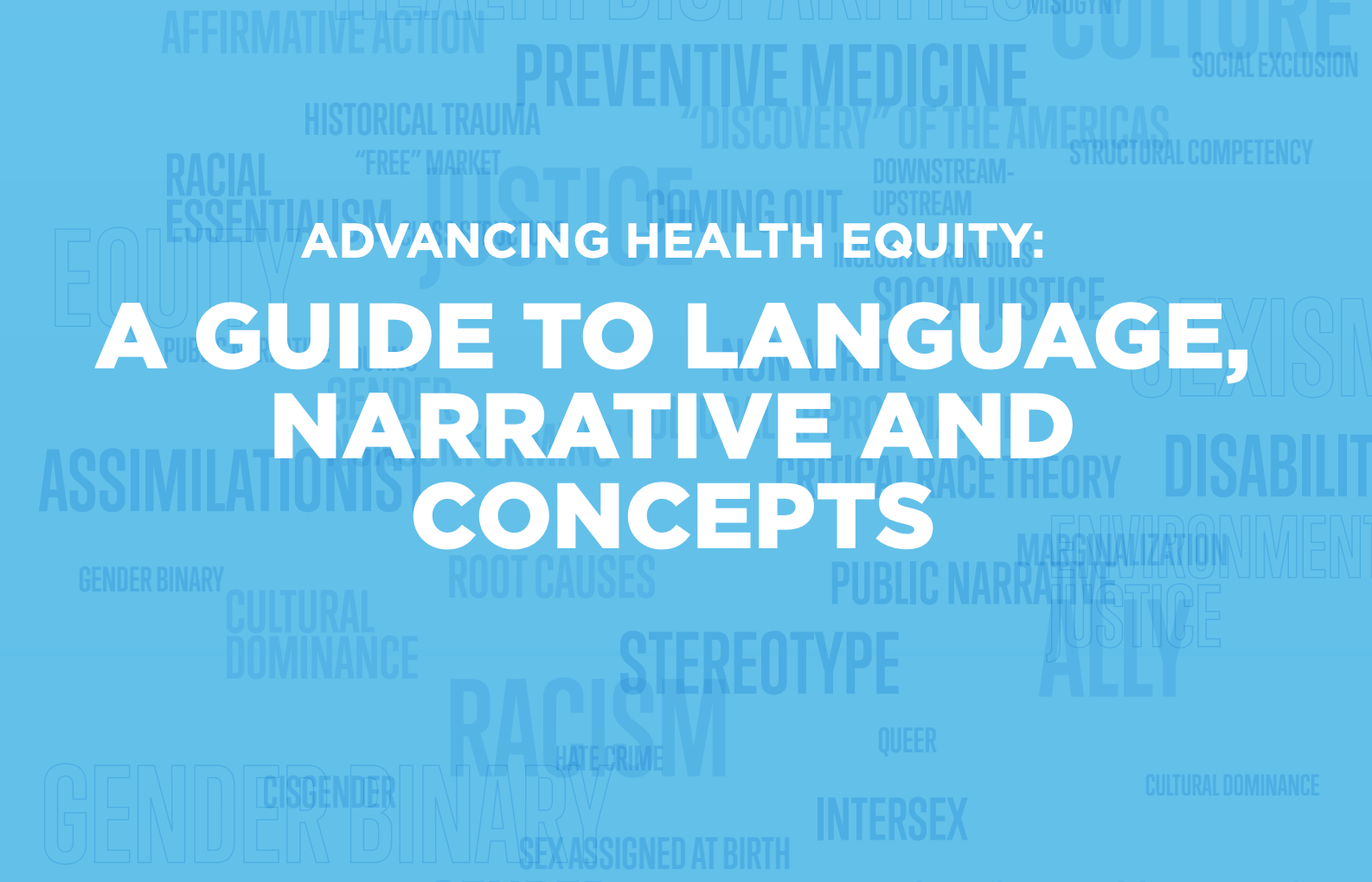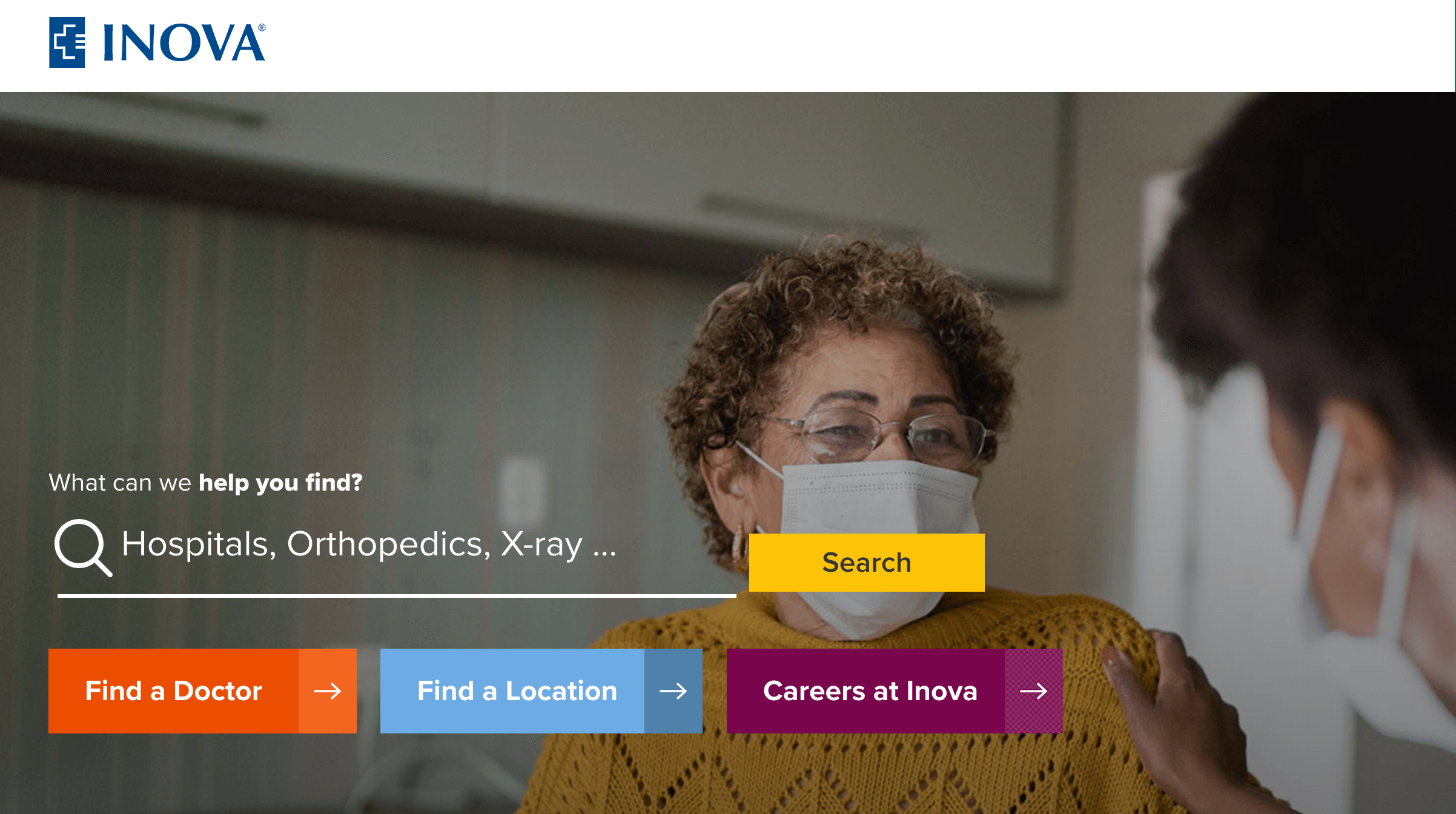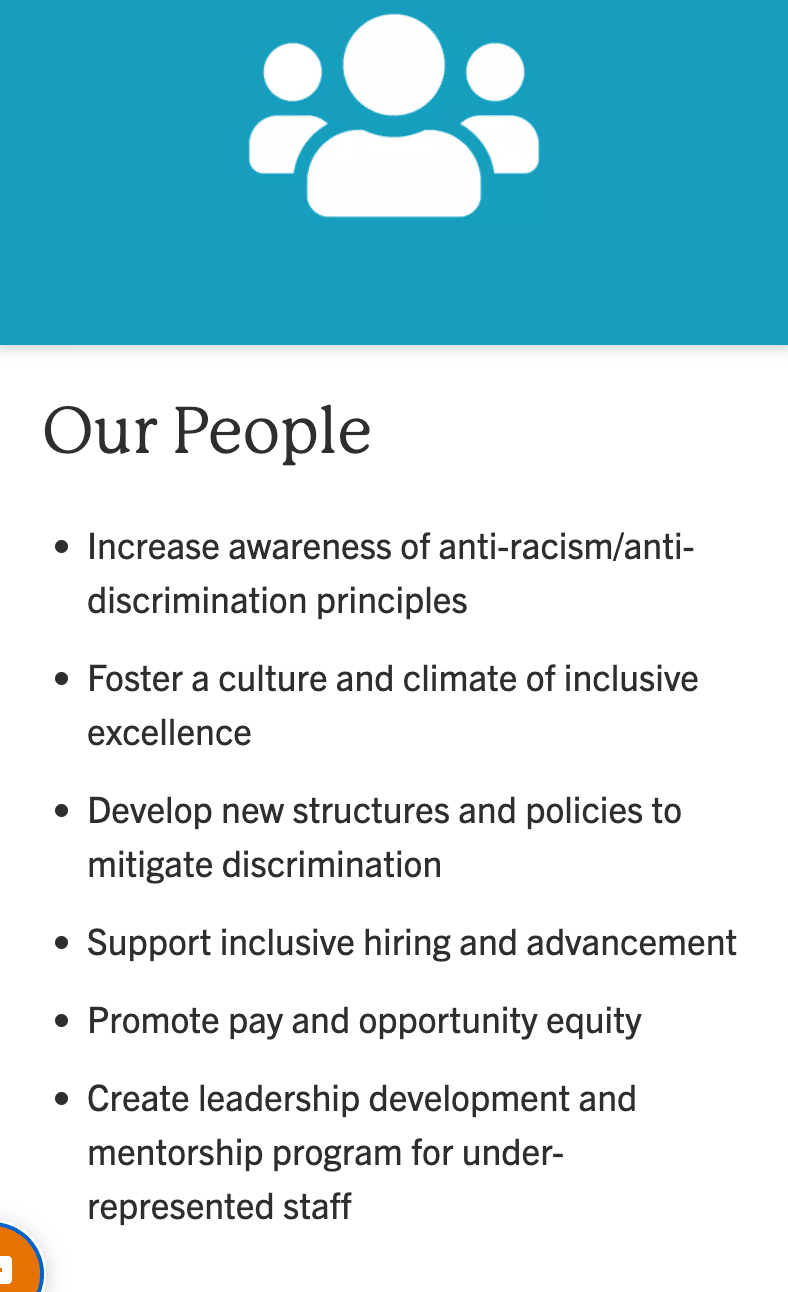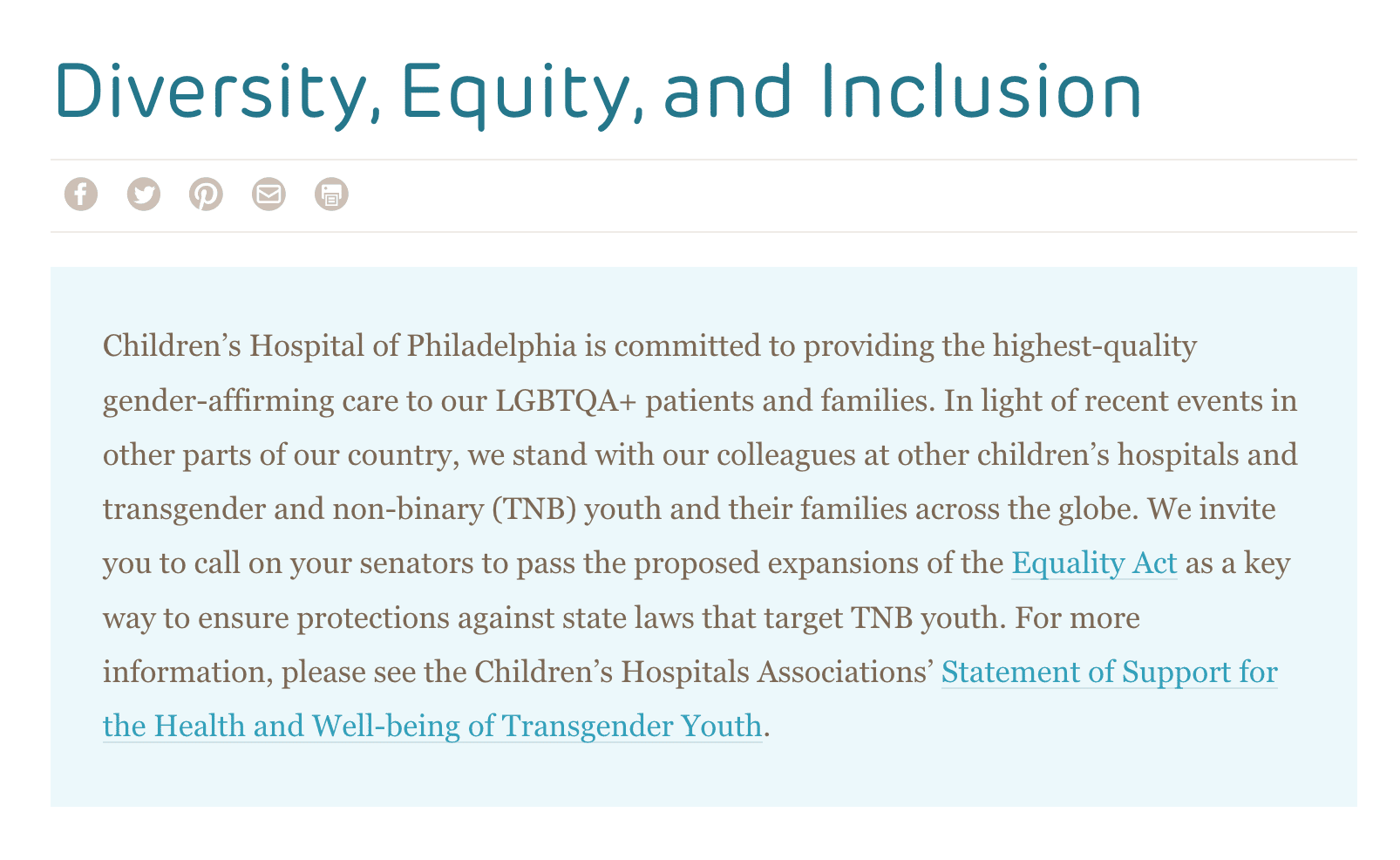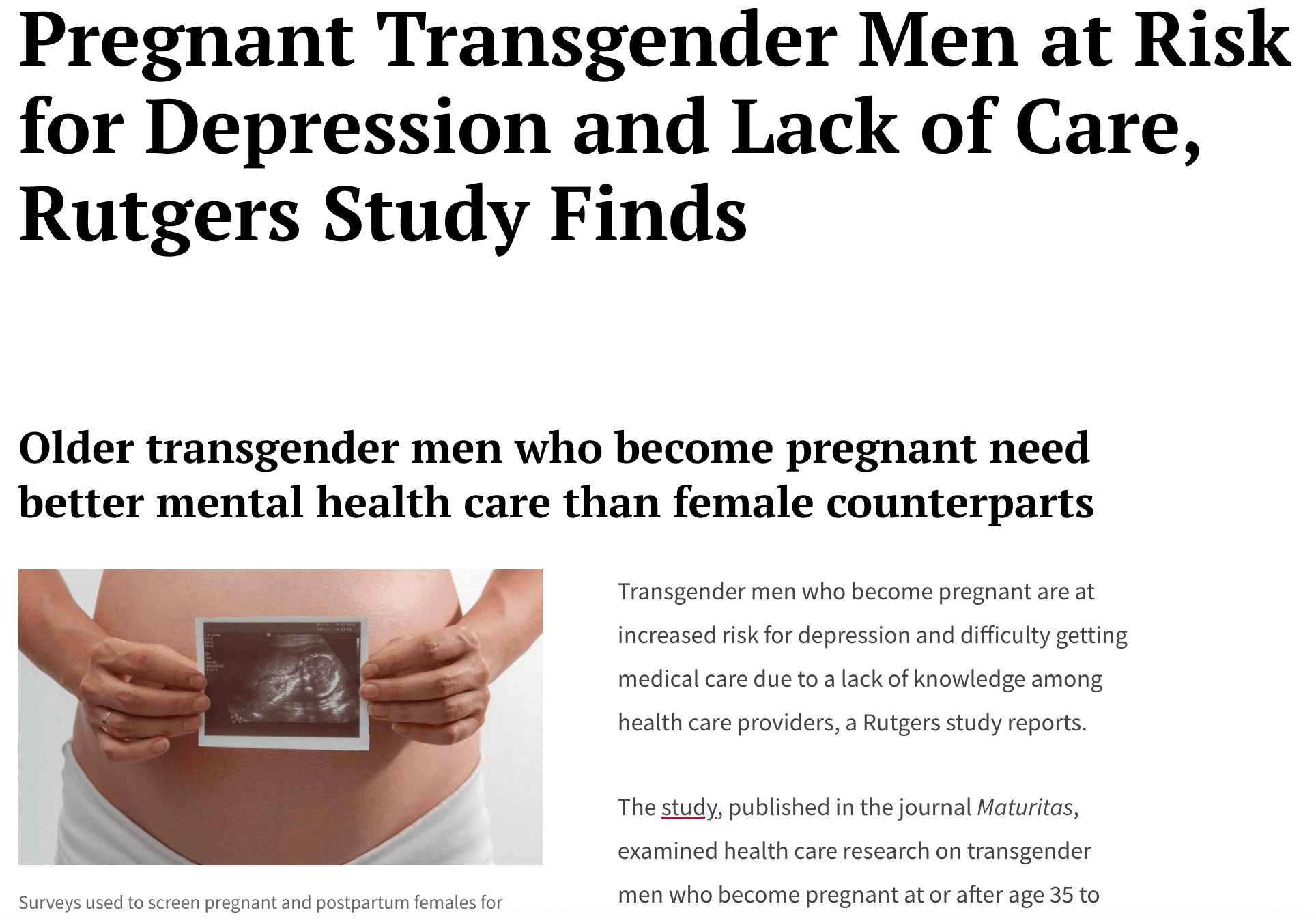You work in healthcare because you want to help others. Of course, you want your hospital or health system to be a place of diversity, equity and inclusion. But maybe you’ve found that creating inclusive healthcare content is more challenging than you thought. It can be difficult to know where or how to begin.
What Is DEI?
Diversity, equity and inclusion (DEI) are hot topics in healthcare marketing. And it’s not a fad — this is the future of healthcare content. DEI refers to making all different people (diversity) feel welcome (inclusion).
Equity ≠ equality
People use “equity” and “equality” interchangeably, but they’re not the same.
- Equality means treating all people the same, regardless of their circumstances.
- Equity is trying to correct imbalances by providing more opportunities for people who historically have had less.
Why DEI Matters in Healthcare
Most of us in healthcare marketing take pride in knowing that our words can help people. But if we don’t use the correct words and terminology, we can harm others:
- BIPOC: According to a 2020 Healthline Media Content Evaluation Study, only 22% of Black, Indigenous, People of Color (BIPOC) feel that health and wellness sites do a very good job of understanding the needs of people from their ethnic background.
- Transgender individuals: Nearly one-quarter of respondents in the U.S. Transgender Survey (last conducted in 2015) reported that they did not seek medical care due to fear of being mistreated as a transgender person.
But imagine the opposite, welcoming world: A person of color searching health information on a hospital website learns how a rash looks on darker skin. A transgender man who discovers he’s pregnant reads the term “birthing person” instead of “pregnant woman” on an OB-GYN web page. Those people would likely feel that the healthcare organization recognized and respected them — and would probably be more inclined to make an appointment for care. The words we use can guide people to get the care they need.
[bctt tweet=”Only 22% of Black, Indigenous, People of Color (BIPOC) feel that health sites do a good job of understanding the needs of people from their ethnic background.” username=”@ahamediagroup”]
8 Steps to Transition to Inclusive Content
There may be a lot of work ahead of you to make your organization’s website more inclusive. You can’t wave a magic wand and fix it overnight (don’t you wish?), but each step your team takes will bring it closer and help more patients and families feel included.
Here are some ways to get started.
1. Assemble a team
Inclusion is not a one-person job; it’s a team sport. Even the most passionate CEO or CMO can’t single-handedly pivot an organization to become more inclusive. The leadership team should build a task force to address how the organization can move in a more equitable, inclusive direction.
And because DEI encompasses a wide range of issues, you need a diverse team. Aim to include people who are part of communities that have been marginalized or have unique perspectives.
Example: University of Iowa Health Care created a Diversity, Equity and Inclusion Task Force focused on supporting staff members from marginalized groups. They’re starting their DEI transformation by supporting staffers and then using those learnings to help patients.
2. Address the change at the corporate level
Apart from content, healthcare systems have important decisions to make and actions to take. For example:
- Educate employees about recognizing their own implicit bias (automatic and unintentional feelings against particular groups of people).
- Potentially rename departments. Maternity wards are often located at “Women’s Centers” in hospitals. But transgender men who retain their female sex organs can become pregnant and deliver a baby. Those men may avoid care at a “Women’s Center.”
- Hire a more diverse workforce.
These are large-scale changes. Someone in a top corporate position can take the lead and keep the group focused and on track. And a “chief” gives staffers at all levels of the organization someone to look to for guidance on DEI issues.
Example: McLean Hospital created the position of Chief Diversity, Equity and Inclusion Officer and promoted Dr. Stephanie Pinder-Amaker to the role. Many hospitals now have a Chief DEI Officer, including Children’s Hospital of Los Angeles and University of North Carolina Health.
3. Update your style guide
Before creating new, inclusive content or updating current content, you need a road map of acceptable words, terminology and sentence structure.
If your organization follows AP Style, make sure you’re already using their 2021 DEI updates, including:
- Black: Capitalize Black as an adjective in a racial, ethnic or cultural sense.
- brown: Avoid using the adjective to describe a group of people. Instead, use specific racial identities when available.
- LGBTQ+: An acceptable umbrella term for all references for lesbian, gay, bisexual, transgender and questioning and/or queer.
- Pride: Capitalize the term when referring to events or organizations honoring LGBTQ+ communities.
- transgender: Describes people whose gender identity does not match the sex they were identified as having at birth. It does not require what are known as sex reassignment or gender confirmation procedures.
[bctt tweet=”If your organization follows AP Style, make sure you’re already using their 2021 DEI updates in your brand style guide.” username=”@ahamediagroup”]
Even when we’re trying our best to address under-resourced communities, it can be difficult to know the appropriate terminology. That’s why having a style guide with examples is crucial.
Example: The American Medical Association (AMA) has a handy reference called Advancing Health Equity: A Guide to Language, Narrative and Concepts with examples, including a few below.
| Principle | Instead of … | Try this … |
| Avoid adjectives such as vulnerable, marginalized or high-risk | Vulnerable groups | Groups that have been economically/socially marginalized |
| Use first-person language instead of dehumanizing descriptors | The homeless | People who are experiencing homelessness |
| Avoid blaming | People who do not seek healthcare | People with limited access to (specific resource) |
4. Update photos and imagery
It’s not only your words that need to become more inclusive. The photos and images you use should also reflect your diverse audience.
Swap out your infographics, photos and stock images if they mostly or only include:
- White individuals
- Straight couples
- Families in which all members have the same skin tone
Use your patient stories to showcase people of many different ethnicities and cultures across your website and social media.
Example: The images on Inova’s homepage feature many BIPOC individuals to reflect the community they serve in the Northern Virginia and Washington, D.C., area. This blog post, prominently displayed on their homepage, features a woman wearing a Muslim headscarf. Their photos look like the wide variety of patients they treat.
5. Make a plan
Once your team is in place, it’s time to strategize and ask yourselves some questions. Will you:
- Do an assessment or study to understand how you are doing with DEI issues? (An assessment gives you a baseline for measuring improvement.)
- Develop a DEI mission statement and post it on your website?
- Start with addressing DEI internally to support hospital staffers? Or first elevate DEI on patient-facing communications and critical care settings?
For your content refresh, you’ll need a clear plan. Do you want to:
- Edit and update content by specialty, such as starting with updated language on specific service line pages?
- Start with the highest traffic pages first?
- Add brand-new sections, such as transgender health services or publish your organization’s dedication to combat racial injustice?
Once you decide where to start, refer to your IA to ensure you’re not missing any content. Besides web pages, it’s important to audit social content, print materials and internal communications.
Examples: UCSF Benioff Children’s Hospitals published their Action Plan for Advancing Diversity, Equity and Inclusion. By publicizing these steps, the hospital can be held accountable for following through with their plan.
And Henry Ford Health created specific pages to showcase the full breadth of their transgender health services, one of the few programs for that population in Michigan.
6. Hire with DEI in mind
You want patients and families to feel included in your healthcare system — but creating an inclusive environment within your organization is just as important. As your marketing team expands, aim to hire people that can bring unique and different perspectives.
Example: Part of UCLA Health’s commitment to Health Equity, Diversity and Inclusion (HEDI) includes supporting inclusive hiring and career advancement opportunities. They also offer specific HEDI internships for high school students interested in making a difference through social justice.
7. Take a stand to protect patients that have been marginalized
Hospitals and healthcare systems often have a reputable standing within their communities and the country. They have a responsibility to use their voice to protect people who are vulnerable.
[bctt tweet=”Hospitals & health systems have a responsibility to use their voice to protect people who are vulnerable. #DEI” username=”@ahamediagroup”]
Example: On their website, Children’s Healthcare of Philadelphia (CHOP) urges people to call their senators to ask them to pass the proposed expansions to the Equality Act to provide anti-discrimination protections for LGBTQ+ people. CHOP also promotes the Children’s Hospital Association’s support of transgender youth and their families in accessing gender-affirming healthcare.
8. Conduct research to support communities that are underserved
Another way to support specific populations is to conduct studies to shed light on the issues they face. As your organization becomes more inclusive, working with specific patients and publishing the results can benefit both parties.
Example: When Rutgers did a study on pregnant transgender men, they sounded the alarm on the high rates of suicide in that population. The study’s author, Justin Brandt, an assistant clinical professor in the Department of Obstetrics, Gynecology and Reproductive Sciences at Rutgers Robert Wood Johnson Medical School, also let patients know that the hospital wanted to serve the transgender population. He said, “Although Rutgers physicians have not yet had a pregnant transgender male patient, our healthcare professionals are trained and ready.”
Get Started With HEDI and Keep Going
Any step you take to move in a more inclusive direction is positive. Every time you create inclusive content, more people feel accepted and seen because of your words. It’s a job that will never be complete. As our society evolves, we keep learning more ways that people have been marginalized. And we also keep learning how we can make it right and bring them in.
Let Us Help You Create Inclusive Content
Need help getting a handle on writing with equity, diversity and inclusion in mind? Get in touch so we can let you know how we can help.

